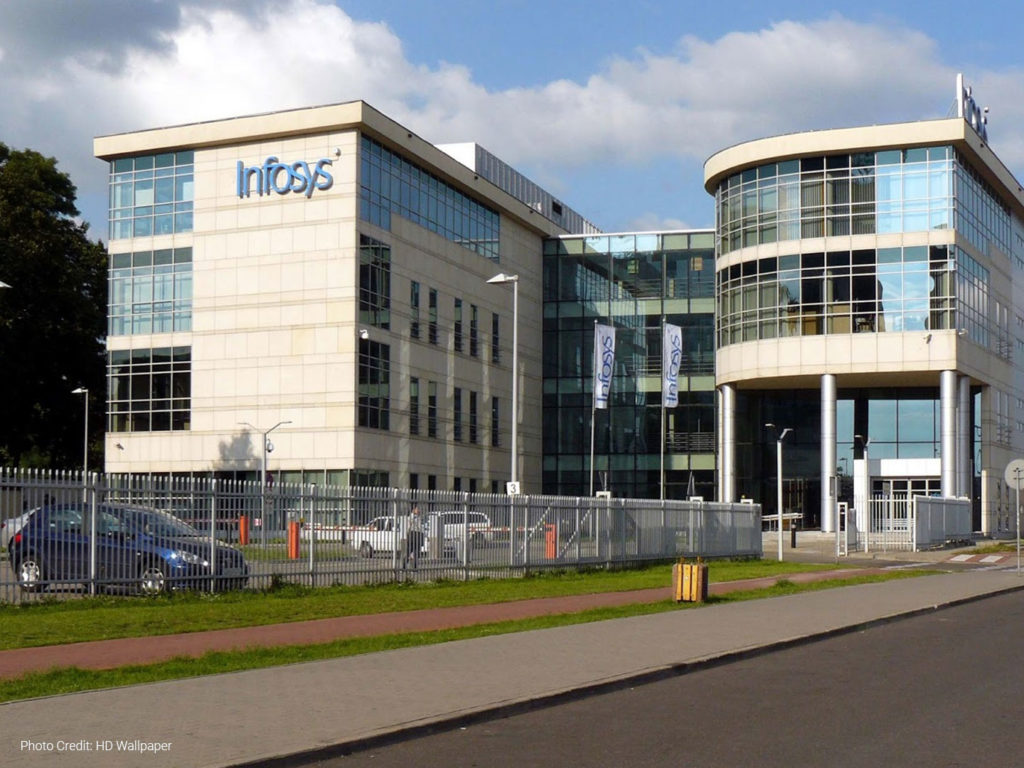

The SBA reviews applications and approves or rejects them. SBA (Small Business Association) : The US government agency that administers the PPP.Lender : The SBA-approved institution that receives applications, reviews them, submits them to the SBA, and provides funds to the borrower.


Borrower : The person or business that applied for the PPP loan.To understand how long it might take to receive your loan, it helps to know who’s involved in the process and what their roles are: The bank account is used for multiple businesses, and they don’t match the business name on the application.The bank account belongs to someone else, such as a spouse or a friend.The bank account is a personal account rather than a business account.The business name has changed since you opened the account.The bank account holder name doesn’t match the name on the application.Here are some common reasons why your bank account validation might fail: Tax ID: If you opened your bank account by using your business tax ID (EIN, or Social Security number if you have no EIN), it must match the values on your PPP application.Address & Phone: The address and phone number on your bank account must match the values on your PPP application.If your applications lists only your first and last names, they must match the names on your bank account. If your PPP application lists a DBA or tradename, that name must match the name on your bank account. Name: The name on your bank account must match the name on your PPP application.If possible, connect this account and provide a voided check, your ID, and a bank statement.īefore submitting the update, make sure that your bank account information includes: Provide as much info as possible about an additional checking account from a different bank.Make sure the bank is verified and is selected as the default bank for deposits.

Cancel blue acorn application drivers#
Blueacorn saw enormous demand during this period, ultimately supporting 808,000 small business owners / sole proprietors via disbursement of $12.5 billion in SBA PPP funds.īlueacorn’s borrowers were the people who keep our economy running and weave together the fabric of our communities: beauty salon owners, truck drivers who are operating their business off their phone in between stops, our favorite local coffee shops and restaurants that define our neighborhoods, residential construction workers, rideshare or taxi drivers, landscapers, and local delivery workers, among a variety of other professionals.You can update your bank information directly from your application: Many were also unwilling to lend to individuals altogether.īlueacorn was founded in April 2020 with the singular purpose of advancing the original mission of PPP by democratizing access to loan relief for America’s small businesses, independent contractors, and self-employed workers – groups who are often overlooked by our traditional banking system and could not seek relief through the traditional PPP channels.Īs a fintech lender service provider, Blueacorn partnered with the Small Business Administration (SBA) and CDFIs to facilitate the application for and fulfillment of PPP loans predominantly for businesses and workers who qualified as independent contractors, self-employed individuals, freelancers, and gig workers. However, due to the structure of the program, it became clear that there was a growing divide when it came to loan disbursement, with lenders prioritizing applications for clients who would take out the largest loans and bring in the highest fees. The launch of PPP was met with enormous demand and the program was renewed two times to meet the flood of applications. PPP was designed to be an intentionally untargeted program with limited safeguards in place so as to prioritize reaching those in need as quickly as possible. Given the severity of the threat posed by COVID-19, the government sought to create a program that focused on speed and access. PPP was a cornerstone program of the CARES Act, intended to help employers keep their employees on their payroll by covering up to two months of their payroll expenses with a loan that could be completely forgiven if it was spent in accordance with the program’s guidelines.


 0 kommentar(er)
0 kommentar(er)
